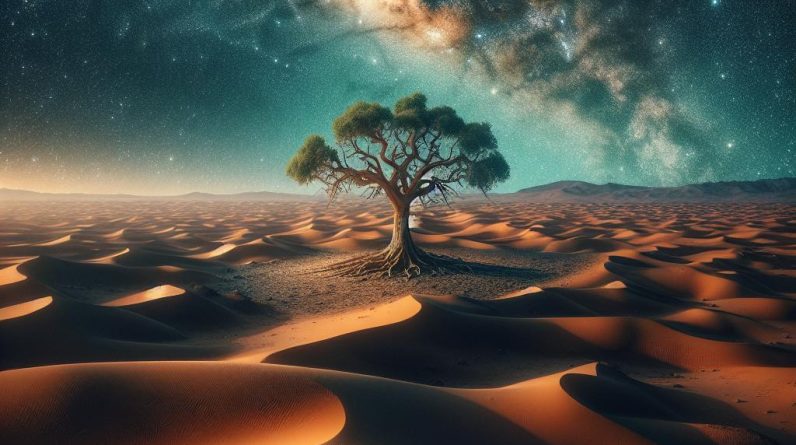Discover the unsettling origins of ‘Mummy Brown’, a pigment made from Egyptian mummies that captivated European artists for centuries. From Victorian studios to modern conservation labs, we explore how this rich color shaped art history and the ethical shift that led to its decline. Join us on this intriguing journey through time! #ArtHistory #MummyBrown #RenaissanceArt #PigmentSecrets #EthicsInArt
The Dark History of Mummy Brown: Art’s Macabre Secret 🎨💀
What is Mummy Brown?
Mummy Brown is a historical pigment used in oil paints,made from ground-up Egyptian mummies. It gained popularity in the 16th century and was used primarily by painters in Europe.
Origins of Mummy brown
The origin of Mummy Brown dates back to the early 1500s, when European artists sought after unique pigments to enhance their artistry. Mummy Brown was one such pigment that combined rich hues with a touch of intrigue – a true artist’s secret!
How Mummy Brown was Made
- Source Material: Egyptian mummies, brought to Europe through trade.
- Preparation: Mummies were stripped of their wrappings and ground into a fine powder.
- Mixing: The powder was then mixed with oils to create a usable paint.
The Use of Mummy Brown in Art
Throughout the years,Mummy Brown was favored for its rich,warm tones that produced stunning effects in paintings. Renowned artists like Vincent van Gogh and John singer Sargent utilized this pigment in their masterpieces.
Famous Works featuring Mummy Brown
- “The Night Café” by Vincent van Gogh
- Portraits by John Singer Sargent
- “The Death of Sardanapalus” by Eugène Delacroix
The morbid Truth Behind Mummy brown
The allure of Mummy Brown masked a disturbing reality. The use of human remains in art led to ethical debates and controversies. Let’s delve into the macabre aspect of Mummy Brown’s creation:
Ethical Considerations
As the practice of using real mummies came to light, moral questions arose.Artists grappled with the implications of using human remains for aesthetic purposes. This dark history has prompted modern artists and historians to question the ethics of materials used in art.
The Decline of Mummy Brown
By the late 19th century, the use of Mummy Brown saw a significant decline. Artists began to seek more humane and sustainable sources for their pigments as societal values shifted.
Benefits and Practical Tips: Exploring Alternatives
Modern artists seeking rich browns inspired by Mummy Brown can explore various alternatives that honor today’s ethical standards. Here are some natural ‍and synthetic alternatives:
Alternative Pigments
| Alternative pigment | Description |
|---|---|
| Burnt Umber | A natural earth pigment with warm brown tones, obtained from heated clay. |
| Raw Sienna | A yellow-brown pigment that creates warmth in paintings. |
| Sepia | A rich brown that was originally derived from cuttlefish ink. |
| Modern Synthetic Pigments | Hybrids and synthetic colors emulate Mummy Brown’s hues without the historical baggage. |
Case Studies: Artists and Mummy Brown
Several artists have left an imprint on the art world with their use of Mummy Brown:
Vincent van Gogh
Van Gogh’s palette was diverse, and Mummy Brown provided the perfect earth tones for capturing mood and light, especially in his portraits and landscapes.
John Singer Sargent
Sargent was known for his masterful portrayals, where Mummy Brown contributed to the depth and texture seen in his works, particularly in skin tones.
First-Hand Experiences with Mummy Brown
Contemporary artists exploring historical pigments have shared their experiences with Mummy Brown. Below are some reflections:
Artist reflections
“Using Mummy Brown in my work felt like tapping into history, albeit a dark one. I transitioned to using burnt umber after learning its origins.” – Emily Chen, Painter
“I experimented with Mummy Brown for a piece on cultural appropriation, and while the color was rich, I couldn’t overlook its grisly past.” – Alex Garcia, mixed Media Artist
Mummy Brown in Modern Context
Today, Mummy Brown serves not only as a color reference but also as a conversation starter about environmental consciousness and ethical practices in art materials.Contemporary artists who are aware of Mummy Brown’s history strive to create art that is both meaningful and morally responsible.
Preserving History Without Exploitation
The art‌ community continues to reflect on how to honor historical practices while ensuring they do not repeat past injustices.By educating new generations about pigments like Mummy Brown, artists can foster a greater appreciation for ethical sourcing in art supplies.






